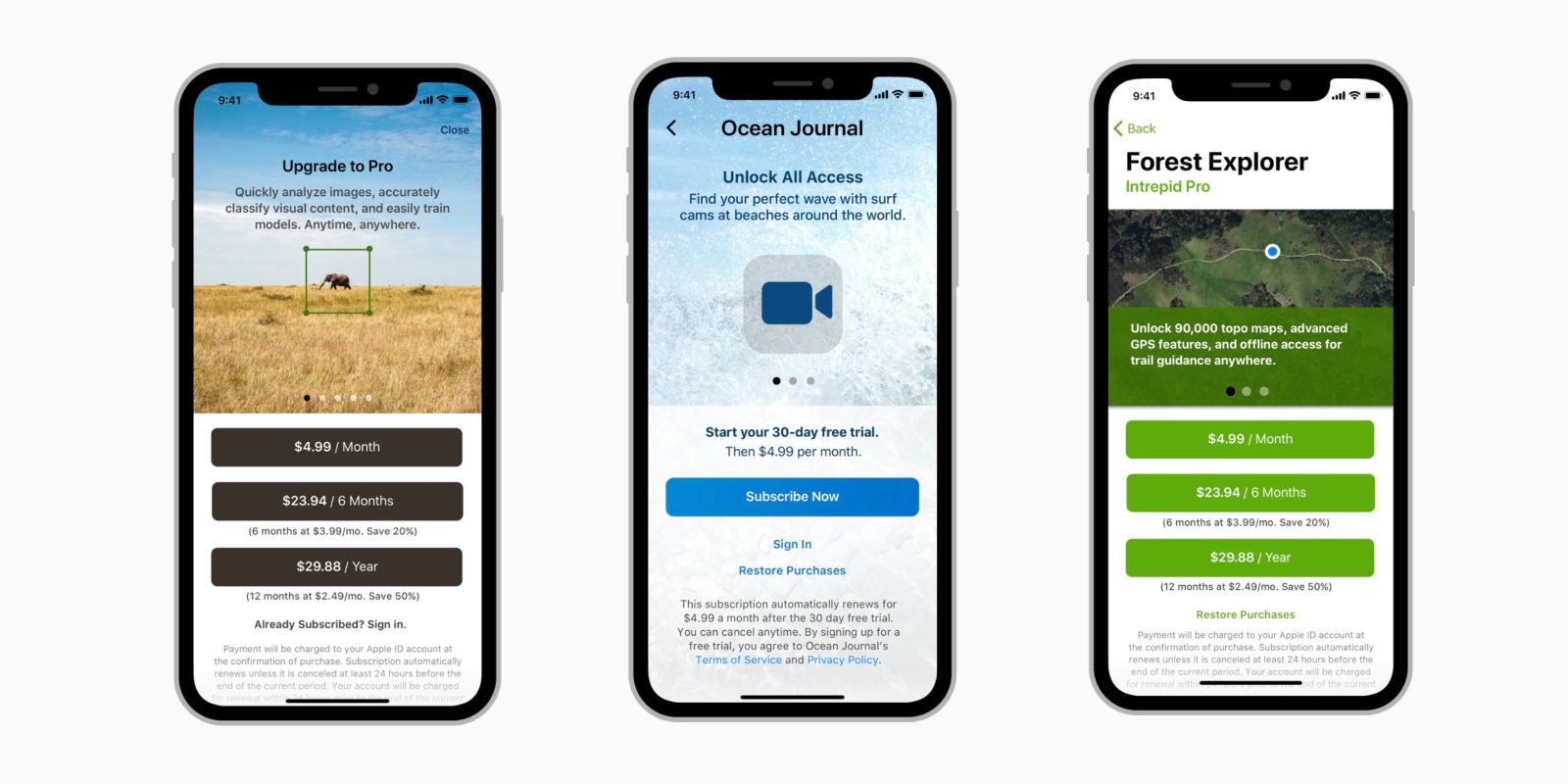Apple’s (Finally) Doing More to Fight Scammy Subscription Apps
 Credit: K303 / Shutterstock
Credit: K303 / Shutterstock
Toggle Dark Mode
On average, I visit the App Store
What’s Happening?
Although they were recently updated to reflect changes and improvements, Apple’s “lax enforcement” of its own App Store rules has unfortunately spawned an unprecedented number of these seemingly deceptive “recurring subscription” style apps.
We’ve witnessed an almost meteoric influx of these titles, which according to TechCrunch have become “a big business on the app store, as the industry has begun to shift to a recurring revenue model instead of one-time purchases within free apps or paid downloads.”
While this subscription-based business model is totally legal and often employed by Apple’s top developers, sadly an alarming number of apps in clear violation of these policies have made their way onto the App Store, regardless, with many of them blatantly deceiving consumers into paying hefty amounts of money in recurring charges.
One of my latest downloads, for example, a game dubbed Bowmasters, looked like fun in its App Store advertisement. Sure enough, upon downloading the app to try it for myself, I was instantly presented with the following prompt, warning me in teeny, tiny, barely-legible font that after a 3-day trial, I would be billed at a rate of $7.99 per week for playing the game, unless I manually canceled of my own accord.

There are hundreds (if not thousands) of titles which similarly take advantage of these loopholes as we noted in our previous report outlining Apple’s efforts to
Clearing the Air
While Apple has faced backlash over its perceived inability to regulate these policies before, the company last week updated them again, for 2019, with a new format, information and tips more clearly and articulately outlining the rules of the App Store.
According to 9to5mac, who was first to spot and highlight the tech-giant’s updated Human Interface and App Store Guidelines documents, Apple is now stipulating that its devs “clearly show” the price of a subscription to their app. Any subsequent information, including opportunities for weekly or monthly subscription savings and other advertising terminology, should be “less prominent” than the amount customers are expected to pay per renewal period.
To help its app developers better adhere to these updated guidelines, Apple offered the following text as an example of what should be displayed to users within an app’s subscription terms:
“Payment will be charged to your Apple ID account at the confirmation of purchase. Subscription automatically renews unless it is canceled at least 24 hours before the end of the current period. Your account will be charged for renewal within 24 hours prior to the end of the current period. You can manage and cancel your subscriptions by going to your account settings on the App Store after purchase.”
Apple notes that these terms and conditions must be clear and legible “above the fold” of the screen, meaning they must be within a certain viewpoint (and not hidden deep within the text/context of the app.)
Ultimately, within its updated documents, Apple offers several examples of since-redesigned apps — such as Ocean Journal — to illustrate how devs ought to organize and present subscription screens to customers.
And even though these updated guidelines don’t bring about much change to the rules and deployment of subscription-based apps, themselves, they nevertheless provide a more organized and detail-oriented blueprint for how devs can successfully survive and thrive on the App Store.







